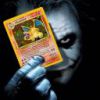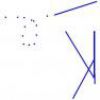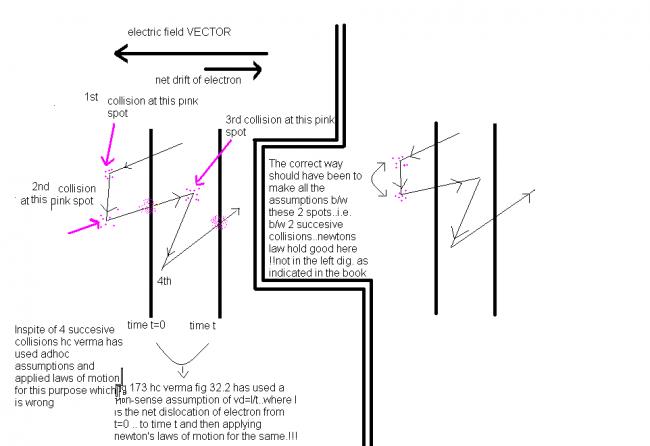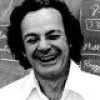 39
39Actually the Ï„ given by HC Verma and the Ï„ given by NCERT are different...
HC Verma's expression should be for a Ï„', of which Ï„'/2 = Ï„. Our sir explained this to us in FIITJEE....he had a specific term for Ï„' which I cannot recall...possibly it was "time between successive collisions" only. Ï„ is mean relaxation time of electrons, and Ï„' is time elapsed between successive collisions. Both are different.
Ï„' being for successive collisions includes a pair of electrons in its calculations. Mean relaxation time is per electron, so it is half of Ï„'. Don't remember the exact explanation he gave us, I'm trying to remember it.
 106
106There is no general consensus as yet about this matter even among scientists and ......
the main thing to remember / understand is that Vd is prop. to e,E,T and 1/m
but if the same thing comes in board exams (CBSE), write what is written in NCERT
 1
1But how can avg velocity be the aritmetic mean of individual velocities,
avg velocity is in fact total distance travelled divided by total time.
....
We do not write Vavg=(V1+V2+V3)/3
where v1,v2,v3 are velocities for some amount of time.,insted we write
total distance travelled divided by total time.
 1
1dl=vdt
so if u differentiate hc verma's first equation u get
dl=2-eEtdt2m=vdt
v=-eE Ï„m
 1
1so where do you think HCV goes wrong ?
 1
1pritish is right we study this under mean free path,no. of collisions and number of effective collisons :P :P :P well only HCV has one error in thoery....thats it :D
and this one is not tht error :)
in any other place sooner or later u will find urself wrong :) if u use ur brains properly
 1
1 both of them deal with avg. time b/w succesive collisions however the approach of hc verma of using the equation s=ut+1/2at2 and also vd=l/t is wrong(pg no#173)
both of them deal with avg. time b/w succesive collisions however the approach of hc verma of using the equation s=ut+1/2at2 and also vd=l/t is wrong(pg no#173)
however both are trying to xplain the same concepts that drift velocity:
1)depends upon the applied electric field
2)depends upon the temperature of the conductor
3)saturates at a critical value of both 'T' and 'E'
4)is an AVERAGE/MEAN concept!!
 1
1Actually, none is accurate enough.
In its derivation, we have used newtons laws which are not valid for small, charged bodies...
 1
1that is exactly what i said ...but what both are trying to imply is that ..the drift velocity is an average/mean concept..dealing with almost regular and uniform behaviour of electrons and therefore assumptions work well at such large numbers!!!
it is very similar to assumptions of kinetic theory of gases /..one could qn these assumptions there also ..but it is correct ultimately and also verifiabe experimentally.one should keep in mind the 4 points i mentioned ..and from cbse point of view learn their method for marks in xam.......
 66
66To be precise, neither the text from HCV nor from NCERT, is correct. These are models and not real collisions. These derivations are based on Drude model of electrical conductivity. And if we take this model as our basis then the formula as obtained in NCERT is more correct. In fact the extra factor of 1/2 which is there in HCV was also obtained (incorrectly) by Drude himself. But later on it was corrected.

 both of them deal with avg. time b/w succesive collisions however the approach of hc verma of using the equation s=ut+1/2at2 and also vd=l/t is wrong(pg no#173)
both of them deal with avg. time b/w succesive collisions however the approach of hc verma of using the equation s=ut+1/2at2 and also vd=l/t is wrong(pg no#173)